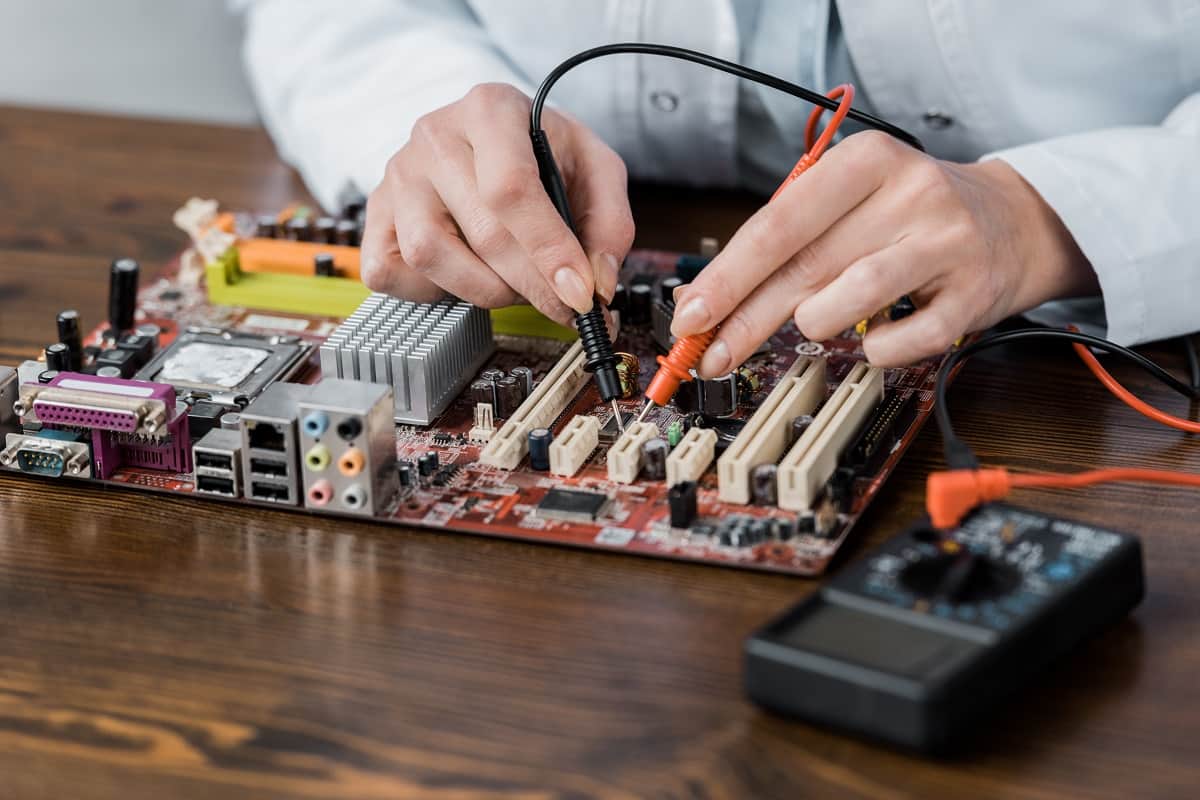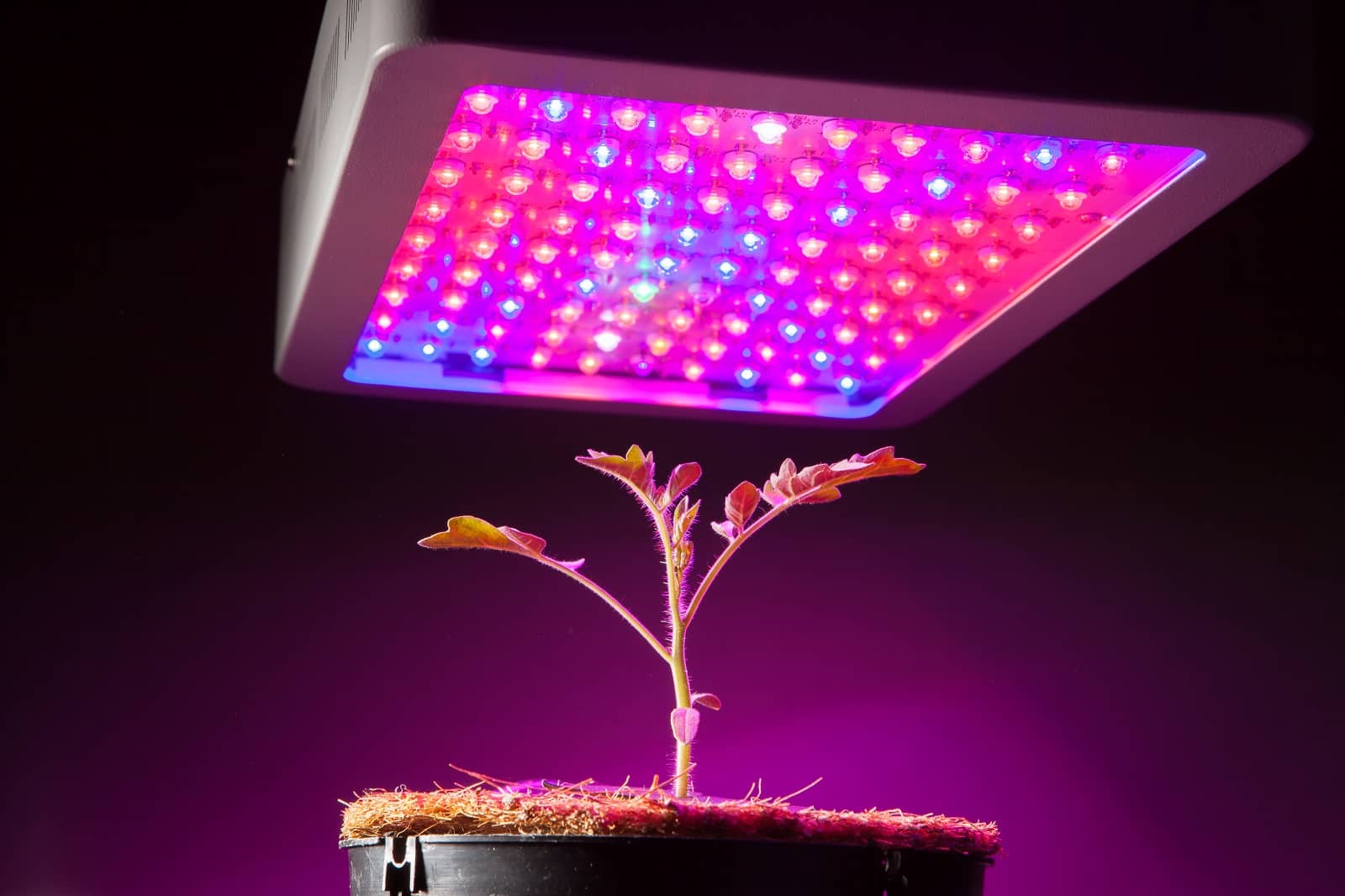Modern vacuum cleaners can be grouped according to the type of “storing” the picked-up dust – a bag, a container or water filter, as well as the type of cleaning – dry or wet one. Each type of vacuum cleaners has its design features, advantages, and disadvantages.
Part 1: How to choose a vacuum cleaner that meets your needs
Contents
How do vacuum cleaners work?
All vacuum cleaners work according to the same principle: they generate a vacuum inside to suck dust and small debris. All vacuums have a housing with an electric motor, a flexible hose and a suction tube with nozzles for various types of cleaning.
The main differences between vacuum cleaners are caused by the method of processing the sucked dust.
Dry cleaning
Vacuum cleaners with a dust bag
The dust inside such vacuum cleaners is collected in a disposable or reusable bag. Bags can be either fabric (reusable) or paper (disposable). The reusable multi-layered bag lasts a long time, but it must be regularly emptied. It is opened wide in the lower part for that (by removing a special clip), but shaking the dust out from the bag is still an unpleasant process.
The definite advantage of a fabric bag is its durability. Even when the fabric gets clogged with dust, there is no need to buy a new one – just wash the bag carefully. A fabric bag is durable, the probability that it will burst during cleaning is minimal.
DON’T MISS: Best bagged vacuum for effective home cleaning
Disposable bags are nondurable and “consumable”. Their main advantage is no need to empty the bag. A paper dust collector is removed and thrown away when it is full. Their main disadvantage is regular expenses for buying new paper bags, as well as being not water-resistant. The only dry surface can be vacuumed with a paper bag. If the surface is wet, a paper bag may burst inside a vacuum cleaner. And if dust gets into the electric motor at this, the motor will most likely burn down.
Manufacturers of vacuum cleaners also produce disposable bags made of a special non-woven material combining the advantages of paper and fabric.
The main disadvantage of all bag type vacuums is that suction power reduces upon filling in the vacuum bag. The main advantage is the ease of maintenance and low price.
Vacuum cleaners with a container
In this type of vacuums, the dust gets into a special plastic container, where it is twisted as a cyclone. Upon applying centrifugal forces, dust inside a plastic container forms dense lumps or one big lump. To remove the dust, you just have to remove the container, open it and shake over the bin.
Unfortunately, the cyclone filter is not able to hold all the dust. The smallest dust particles go through a cyclone, so such vacuums must have an additional filter.
The advantage of vacuum cleaners with a plastic container is that their suction power does not change upon filling in the container. Another advantage is that the plastic container is proof of sharp or large objects that can get into it along with the air. As the container is made of transparent plastic, you can easily see the level of dust in there, as well as any tiny object that was accidentally sucked in.
The main disadvantage is that a plastic container, like any hollow thing, increases the engine noise. Therefore, container type vacuums are not in the category of very quiet vacuum cleaners.
Water filter vacuum cleaners
In water filter vacuum cleaners, dry dust gets into a container (flask) with water, where tiny water drops (almost water dredge) nail it to the water surface. Most of the dust gets wet and sinks to the bottom. The not damped residue is captured by an additional dry filter at the outlet of the vacuum cleaner. After cleaning, dirty water from the flask is poured into the sewer.
The suction power in a water filter vacuum cleaner remains at the same level during the whole cleaning. The main consumable in this device is just water – there is no cheaper filter.
The disadvantage of water filter vacuum cleaners is more complicated maintenance. The water container must be disassembled, washed and dried after each cleaning. Otherwise, there may be an odor inside. Another little drawback is that the weight and dimensions of such vacuum cleaners are quite larger than those of “bag” or dry “container” type.
Wet cleaning
Water filter vacuum cleaners
In addition to the above-mentioned water filter, a wet vacuum cleaner has one or two additional containers for water and detergent (in some vacuums the detergent is added to the water that is already inside a vacuum cleaner, in others – in a separate container). Liquid from these containers is supplied to “under” the nozzle via a special tube. This allows washing tiled, laminated floors, floor coverings, glass, and other non-water-resistant materials. Besides supplying water for “wet” cleaning, many wet vacuum cleaners have a function of sucking up liquid.
Wet vacuum cleaners usually use water filters of an injection type. They absorb dust using more “high-impact” methods than an ordinary vacuum cleaner with a water filter as if pressing dust into the water. At this, almost all dust gets in the water, and an additional filter, also used in this type of vacuums, is purely complimentary here. In the injection type water filter, the air is completely cleaned of dust, allergens, and microorganisms and also moistened.
Jim Powell
Jim is our staff editor and writer. He has a degree in engineering. His hobbies are radio engineering and new technologies about which he has been writing for more than 7 years.



